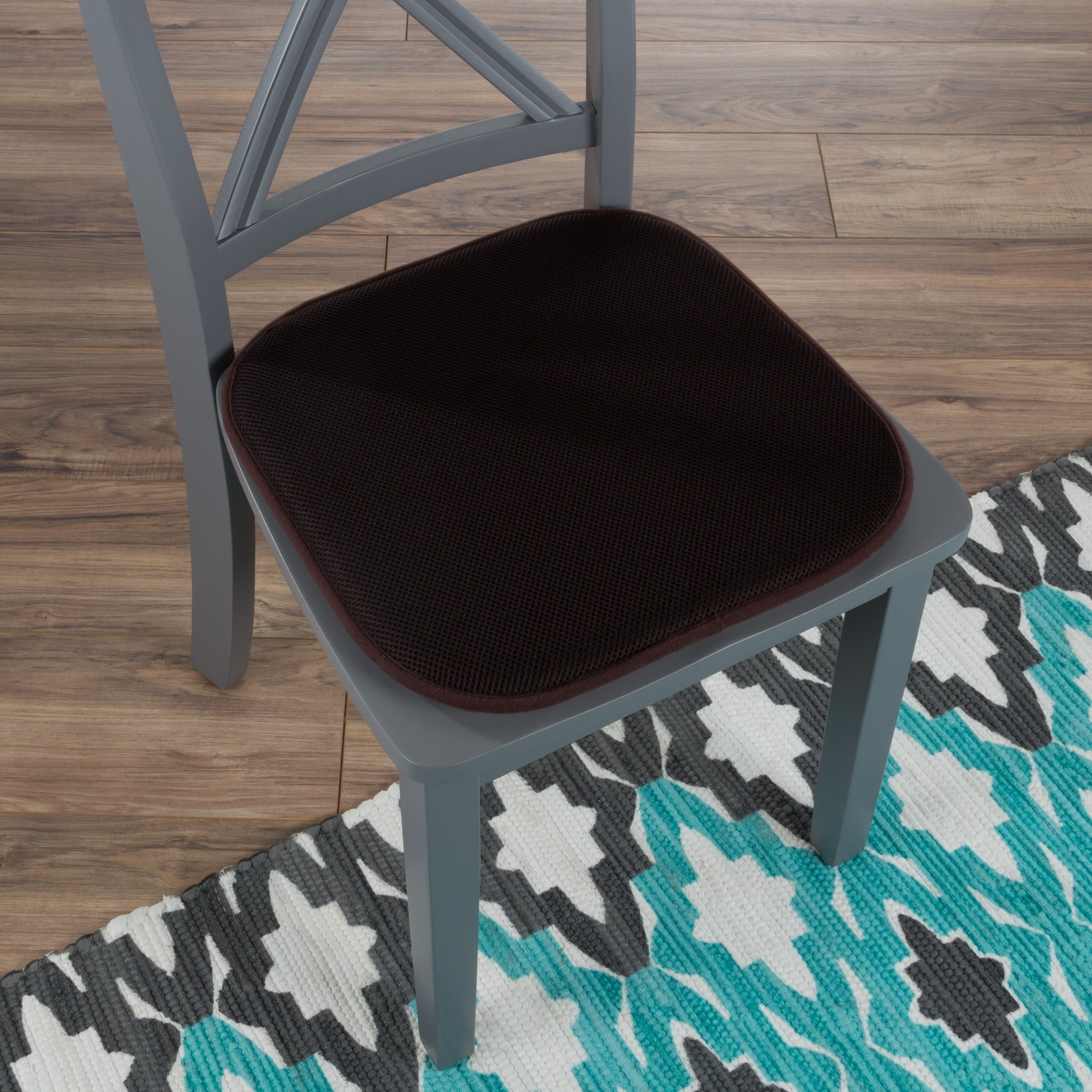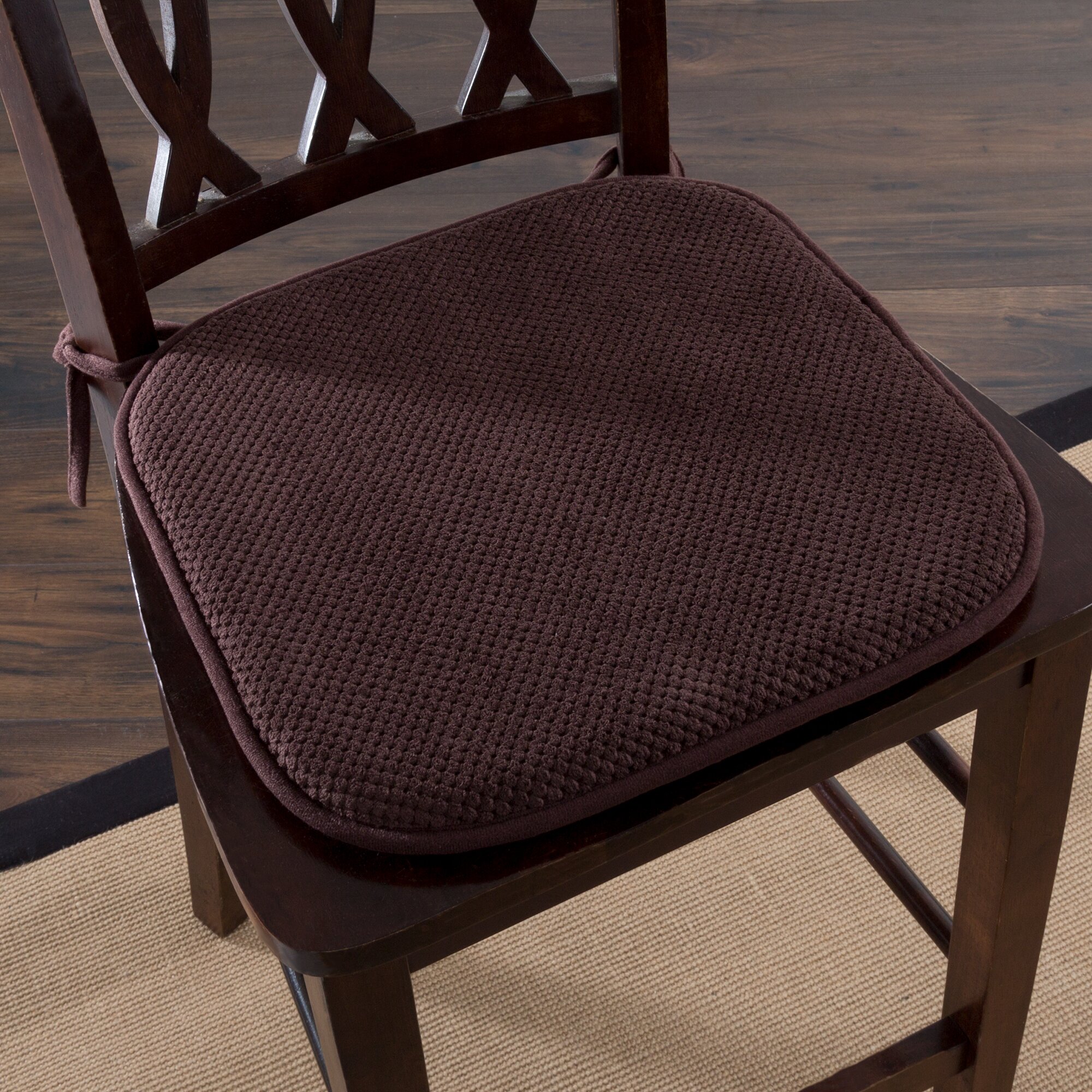Types of Dining Chair Foam Replacements

Ah, the humble dining chair. Often overlooked, yet silently bearing witness to countless family dinners, heated debates about politics, and the occasional spilled glass of wine (don’t worry, we’ve all been there). But even the most stalwart of chairs can suffer from the ravages of time, and their cushions, alas, are often the first casualties. Fear not, dear reader, for we shall delve into the fascinating world of dining chair foam replacements! Prepare yourself for a journey into the plush, the resilient, and the downright comfy.
Dining chair foam replacement – Replacing your dining chair cushions is a surprisingly straightforward project, with the key decision being the type of foam you choose. The right foam can transform your chairs from tired and saggy to gloriously supportive and aesthetically pleasing. Get ready to rediscover the joy of sitting!
Foam Types and Their Properties
Choosing the right foam for your dining chair cushions is crucial for both comfort and longevity. Different foams offer varying degrees of firmness, resilience, and durability. Let’s examine some popular options and their characteristics. We’ll use a table to make this as clear as crystal (or as clear as a perfectly poured glass of wine, if you prefer).
| Foam Type | Durability | Comfort | Cost |
|---|---|---|---|
| High-Density Polyurethane | High; resists compression and sagging over time. Expect a lifespan of several years with proper care. | Firm, supportive, suitable for those who prefer a structured seat. | Moderate; generally more expensive than low-density options, but cheaper than memory foam. |
| Memory Foam | Moderate; conforms to body shape, which can lead to faster wear in high-pressure areas. | Excellent; conforms to the body’s shape for personalized comfort. | High; significantly more expensive than polyurethane foams. |
| Low-Density Polyurethane | Low; prone to sagging and compression over time. Best suited for occasional use. | Soft and yielding, suitable for those who prefer a softer seat. | Low; the most budget-friendly option. |
Identifying the Correct Foam Density and Thickness
This is where things get a little bit…scientific. Don’t worry, we won’t be using any complex formulas. The key is to carefully measure your existing foam. Note the thickness (from top to bottom) and, if possible, the density (often indicated on the foam itself or the original packaging). If the original foam’s density is unknown, a high-density polyurethane foam is a safe and reliable choice for most dining chairs, providing a balance of comfort and durability. Remember to account for the fabric covering when selecting the new foam thickness to ensure the cushion fits properly within the chair. For example, if your existing cushion is 4 inches thick and the fabric is 1/2 inch, you’ll want a 3.5-inch thick replacement foam.
Advantages and Disadvantages of Different Foam Types
Let’s break down the pros and cons of each foam type, so you can make an informed decision that won’t leave you with any regrets (except maybe for that spilled wine).
High-density polyurethane foam boasts excellent durability and support, making it a popular choice for high-traffic areas. However, it might not offer the same level of plush comfort as memory foam. Memory foam, on the other hand, provides exceptional comfort and conforms to your body shape, but it might not be as durable in the long run and can be pricier. Low-density polyurethane foam is the most affordable option, but it sacrifices durability and tends to sag over time, making it less suitable for dining chairs that receive regular use. The best choice depends entirely on your priorities and budget – comfort, longevity, or cost-effectiveness.
Professional Foam Replacement Services: Dining Chair Foam Replacement

Replacing your dining chair foam is a commitment, but the question remains: DIY or hire a pro? While the allure of saving money by tackling it yourself is strong, the potential for mishaps (and a wobbly chair) looms large. Let’s weigh the pros and cons.
Cost and Benefits Comparison: DIY vs. Professional
The decision hinges on your skills, time, and tolerance for potential frustration. A professional will deliver a superior finish, but at a cost. Consider this comparison:
| Feature | DIY | Professional |
|---|---|---|
| Cost | Lower initial investment (foam, tools). However, potential for costly mistakes if you mess up. | Higher upfront cost, but less risk of errors leading to further expenses. |
| Time | Significantly more time-consuming, potentially spanning several days or even weeks depending on your experience and the number of chairs. | Faster turnaround time, usually completed within a reasonable timeframe. |
| Skill Level | Requires basic upholstery skills and tools. Errors are possible, leading to wasted materials and time. | Professional expertise ensures a quality finish and longevity of the chair’s comfort and structure. |
| Quality | Variable quality depending on your skill. The final product might not be as aesthetically pleasing or durable. | Guaranteed quality and professional finish. Expect superior results. |
Choosing a Professional Upholstery Service, Dining chair foam replacement
Selecting the right professional is crucial. Factors to consider include reputation, experience (look for testimonials and reviews!), and the type of foam they use. Inquire about their process – do they offer a consultation? What kind of materials do they source? Don’t hesitate to ask for photos of previous work. A reputable service will be transparent and happy to answer your questions. Consider local, family-run businesses; they often provide personalized service and attention to detail that larger firms may overlook.
Warranty and Guarantee Options
Warranties vary widely. Some services might offer a guarantee on their workmanship, while others may offer a limited warranty on the foam itself. It’s important to clarify these details before proceeding. A solid warranty demonstrates confidence in the quality of the service and materials used. Ask about the duration of the warranty and what it covers – faulty workmanship, foam degradation, etc. A reputable service will clearly Artikel these terms and conditions. For example, one service might offer a one-year warranty on their labor and a five-year warranty on the foam’s structural integrity, while another might offer a shorter, more limited guarantee. Always read the fine print!
